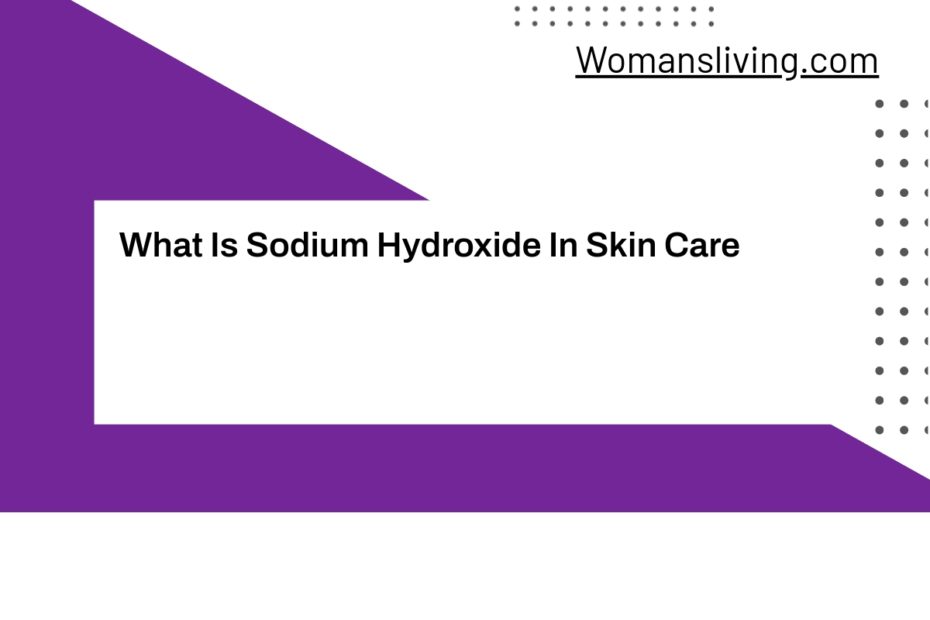What is Sodium Hydroxide in Skin Care Products?
You may have seen the ingredient sodium hydroxide in your skincare products before. It is also known as caustic soda or lye and is a very common ingredient in detergents. The reason it is used so often in skincare products is that it can be dangerous for your skin, especially for those who are sensitive to chemicals.
This ingredient can cause severe chemical burns and can even lead to scarring, so you should avoid it in your skincare products.
Sodium hydroxide is highly caustic and may irritate your skin, eyes, and respiratory system if ingested. Although it is considered to be poisonous, it is safe to use in small amounts in skincare products. It is present in many skincare products at less than five percent.
The U.S. Environmental Working Group has concluded that there are no health risks associated with its use but you should consult a doctor if you have any doubts about the effects of a particular skincare product.
Which Products Are Sodium Hydroxide-Responsible?
Although sodium hydroxide has been used historically in soap formulation, it can also be found in many other formulas such as shampoos, skincare products, and depilatories.
What does sodium hydroxide do in skin care products and how can it be used?
The sodium hydroxide is capable of saponifying oils. It helps oils and fats foam up and lather in soap. Your soap wouldn’t be as unified without it. It also helps to maintain the product’s pH. This acidity, also known as the ” acid mantle”, protects from environmental factors such as allergens and pollutants.
Your skin can become acidic if it is not within its normal pH range. This could lead to premature aging. You can get skin reactions like severe to mild chemical burns or damage to the skin and tissues.
Concentrated amounts of sodium hydroxide can cause skin irritations such as hives, redness, swelling, allergic reactions, and flaking skin.
Are there any potential side effects for sodium hydroxide on your health?
The main routes of exposure are skin contact, inhalation, and eye contact. It can irritate the throat and nose. The contact can lead to redness, pain, blistering, or burns. It is possible to get permanent scarring. Severe exposure can cause death.
Although burns are not always painful, the onset may take several hours to occur. Eye contact, Corrosive redness, swelling, and pain are the result. It can cause permanent damage including blindness.
You may experience nausea, vomiting, and stomach cramps. Death can occur. After skin contact can cause reddening, dry and cracked skin (dermatitis).
